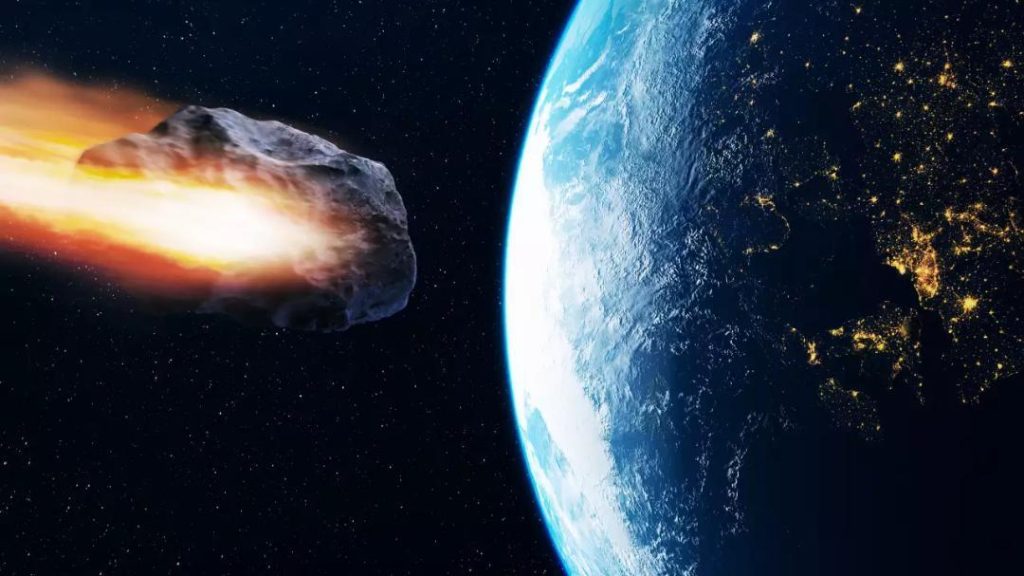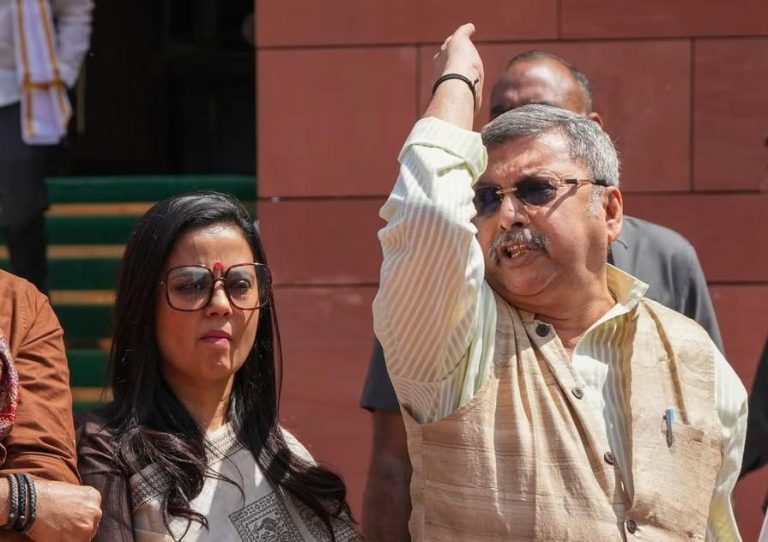
Mumbai & Kolkata on path of asteroid nicknamed ‘City Killer’: Reports
In a chilling revelation, scientists have predicted that two of India’s most populous cities, Mumbai and Kolkata, could be in the line of fire if a massive asteroid, nicknamed ‘City Killer’, hits Earth in 2032. According to reports, the asteroid, officially known as 2024 YR4, is expected to pass close to Earth, putting several major cities, including Bogota in Colombia and Lagos in Nigeria, in its predicted path.
As per recent reports, the asteroid, estimated to be about 1,100 feet (335 meters) in diameter, is expected to make its closest approach to Earth in 2032, with a predicted distance of about 27,000 miles (43,000 kilometers). If it were to hit Earth, scientists believe it could trigger “severe blast damage” affecting an area of about 31 miles (50 kilometers) from the impact site.
The ‘City Killer’ nickname has been aptly given to the asteroid due to its massive size and potential destructive power. Scientists have been monitoring the asteroid’s path and have predicted that it could hit Earth with devastating consequences.
Mumbai, the financial capital of India, is one of the most populated cities in the world, with a population of over 12 million people. Kolkata, the cultural hub of West Bengal, is another densely populated city with a population of over 4 million people. Both cities are critical to India’s economy and infrastructure, and any potential impact would have far-reaching consequences.
The asteroid’s predicted path has raised concerns among scientists and policymakers, who are working together to develop strategies to mitigate the potential damage. According to reports, the Indian Space Research Organisation (ISRO) is working closely with international scientists to track the asteroid’s movement and develop a plan to deflect or destroy it if necessary.
The asteroid’s path was first predicted by scientists using advanced computer simulations and data from NASA’s asteroid tracking program. The program uses a combination of ground-based telescopes and space-based observatories to track the movement of near-Earth asteroids.
While the chances of the asteroid hitting Earth are still uncertain, scientists are taking the threat seriously and are working to develop contingency plans. In the event of an impact, the consequences could be catastrophic, with widespread destruction and loss of life.
The impact could also have significant economic and social implications, with major disruptions to infrastructure, transportation, and communication networks. The impact could also trigger widespread panic and social unrest, as people struggle to cope with the aftermath of the disaster.
In light of the potential threat, scientists are urging the public to remain calm and to follow official guidelines and instructions in the event of an impact. The ISRO and other space agencies are working closely with governments and emergency services to develop contingency plans and to ensure public safety.
As the world waits with bated breath for further updates on the asteroid’s path, it is essential that we take this threat seriously and work together to mitigate the potential damage. By staying informed and following official guidelines, we can ensure that we are better prepared to face this potential disaster and minimize its impact on our communities.
Source:






